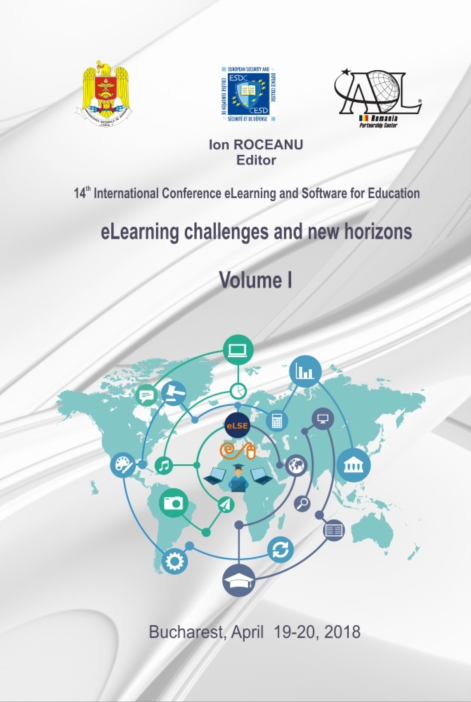Reinventing and Recreating Learning Environments through ITEM (Interactive Transformational Educational Model). Teaching for Information vs Teaching for Relationing
Reinventing and Recreating Learning Environments through ITEM (Interactive Transformational Educational Model). Teaching for Information vs Teaching for Relationing
Author(s): Silvia OsmanSubject(s): Social Sciences, Education
Published by: Carol I National Defence University Publishing House
Keywords: Quantum Learning; Summative Intelligence; eEducation; eTraining; partnership; interactive transformational educational model (ITEM);
Summary/Abstract: Why do we need e-Education, e-Training and e-Learning? Why do we need to actually Re - Invent and Re- Create learning environments? Nowadays, while technology becomes more and more challenging, traditional teaching methods are facing the risk of becoming obsolete. Classroom walls are expanding tremendously and information comes bombarding the old hinges that keep holding them together. Where are we heading to? ITEM (Interactive Transformational Educational Model) brings human creativity frontstage, pushes at the boundaries of convention and invites learners to become co-educators, co-creators and active contributors to the (e)learning environment, and re-invent along the way the convention, continuously bearing in mind that conveying information without building transformational relationships within the educational process, knowledge becomes void of valuable content. Quantum Learning and Summative Intelligence are essential in implementing ITEM within higher education learning environments. Both parties involved in the educational process (teachers, i.e. facilitators of information acquisition processes and students, i.e. active, responsive recipients of shared-knowledge) are equally responsible for the creation, re-creation and re-invention of learning environments that are equally interesting and entertaining. The fascination for information and the instant gratification need of the millennials (and not only) launches self-study, inducing research skills and abilities that need guidance and refining. Yes, classroom walls are expanding, and teaching for information becomes secondary to teaching for relationing, if we aim for the e-Generation of (e)Students to continue to come to us for guidance, in these new learning environments. Undoubtedly, the world becomes our classroom and the only viable solution we have is to rE-invent and rE-create multidimensional learning environments, rE-shaping our mold and composure, while facing and keeping up with the future.
Journal: Conference proceedings of »eLearning and Software for Education« (eLSE)
- Issue Year: 14/2018
- Issue No: 01
- Page Range: 187-194
- Page Count: 8
- Language: English

